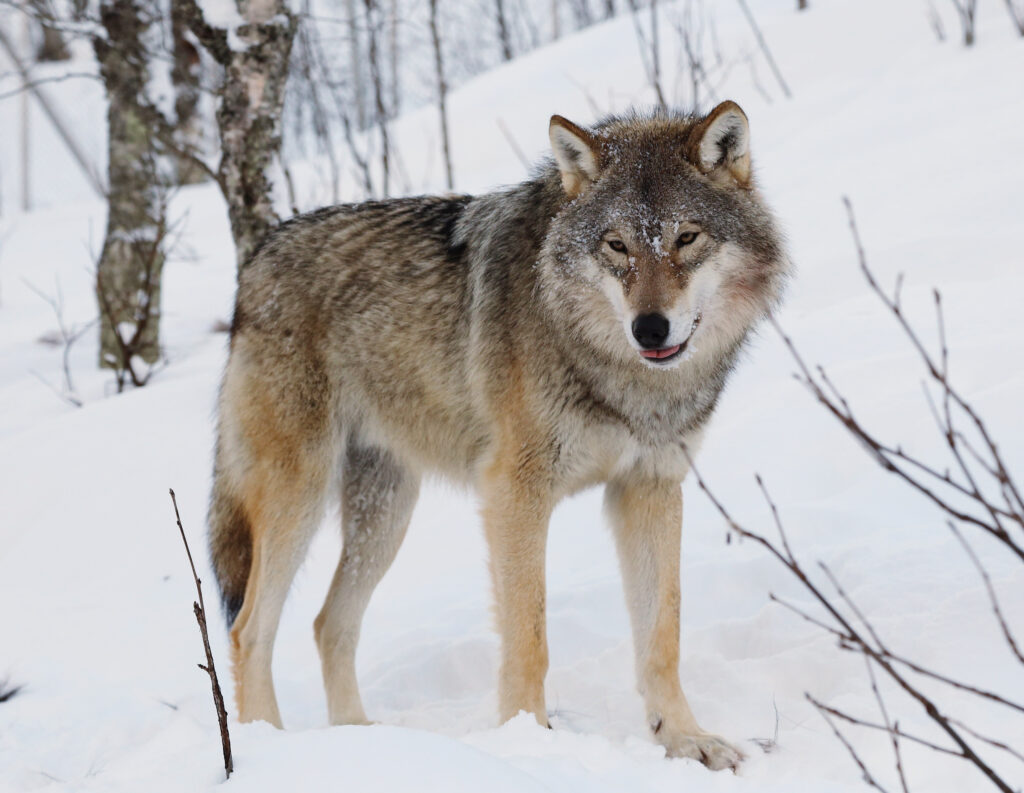Covid Impact on Wildlife

How did Covid lockdowns impact the natural world? Did humans not being around as much help or hurt other species? This is an interesting study on the question, demonstrating a mixed result.
Although humans disappeared from some places during the lockdowns, they surged into others, like parks that remained open when little else was, the researchers found. And there was enormous variability in how wild mammals responded to changes in human behavior. Carnivores and animals living in remote, rural places, for instance, were more active when people faded from the landscape, while the opposite was generally true for large herbivores and urban animals.
The study, which was published in Nature Ecology & Evolution on Monday, deepens and complicates scientists’ understanding of what has been called the “anthropause,” when pandemic lockdowns radically altered human behavior. It also highlights the nuanced ways in which humans affect the lives of wild animals, as well as the need for varied and multifaceted conservation efforts, the authors said.
“There’s no ‘one size fits all’ solution when it comes to mitigating the impacts of human activity on wildlife,” said Kaitlyn Gaynor, a wildlife ecologist and conservation biologist at the University of British Columbia. “Because we see that not all species are responding similarly to people.”
Camera traps, which automatically snap photos of wild animals when they detect motion and body heat, have become key research tools for wildlife biologists. The new study is based on data from 102 different camera trapping projects in 21 countries. (Most were based in North America or Europe, but South America, Africa and Asia were also included.) The data allowed the scientists to study the activity patterns of 163 different species of wild mammals — and to keep tabs on how often humans were showing up at the same locations.
“One of the core strengths of this paper is that you get information on both humans and animals,” said Marlee Tucker, an ecologist at Radboud University in the Netherlands, who was not involved in the new research.
During the pandemic lockdown period, human activity decreased at some project sites while increasing at others. At each study location, the researchers compared how often wild animals were detected during a period of high human activity and a period of low human activity, regardless of whether the decreased activity came during the lockdown period.
Carnivores, such as wolves and bobcats, appeared to be highly sensitive to people, showing the largest drop-off in activity when human activity ramped up. “Carnivores, especially larger carnivores, have this long history of, you can say, antagonism with people,” Dr. Burton said. “The consequences for a carnivore of bumping into people or getting too close to people often has meant death.”
On the flip side, the activity of large herbivores, such as deer and moose, increased when humans were out and about. That could be because the animals simply had to move more to avoid the throngs of people. But if people help keep the carnivores at bay, that could also make it safer for the herbivores to come out and play.
“Herbivores tend to be a little less fearful of people, and they may actually use them as a shield from carnivores,” said Dr. Tucker, who praised the study’s authors for being “able to disentangle all these different human impacts.”
I guess this isn’t surprising exactly. Some animals respond well to human activity so long as they are not being exterminated (deer) and others do not at all. But it does suggest that simplistic notions about how humans impact other species are flawed and for that alone, this is valuable.


